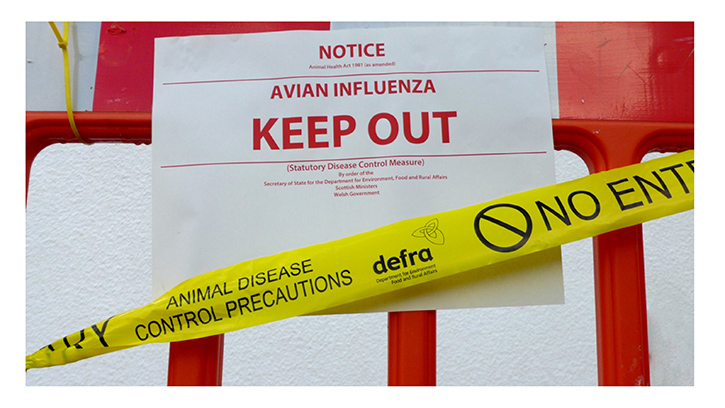The Animal and Plant Health Inspection Service of the US Department of Agriculture reported that, as of last week, Avian Influenza been discovered 182 times in 27 states.
It invaded every type of bird-growing operation – turkeys, broilers, egg-laying farms, and breeders that produce eggs for hatching – as well as backyard flocks, pet chickens, and game birds bred to be released for shooting.
Simultaneously, it has been found 665 times in 32 states in wild birds, both among birds that are hunted, such as mallards and widgeons, and in predators, such as snowy owls and bald eagles, in which it is almost 100% fatal.
Avian Influenza was only identified in the US in January, in three ducks shot by hunters in North and South Carolina; the virus was detected after the ducks were checked by wildlife biologists doing routine surveillance.
“This year, every farm infection appears to have come from wild-bird contact,” said Yuko Sato, a poultry veterinarian and assistant professor at the Iowa State University College of Veterinary Medicine.
“The industry has refined how it responds since 2015. If we have somewhere that tests positive, the priority is to put down those birds as soon as possible, because the longer they stay on the site alive, the viral load is just going to keep ramping up. So farm workers are getting better at noticing when something in their flock is off.”


